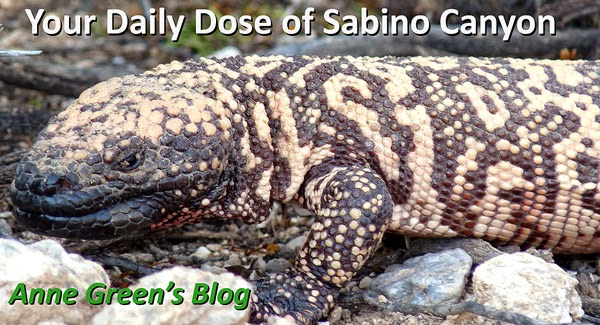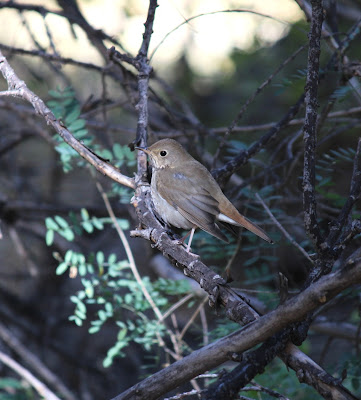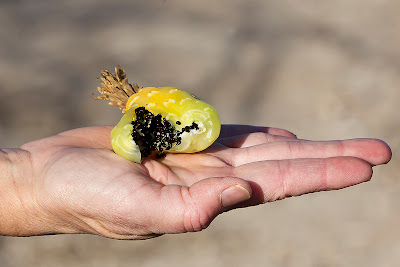 |
| Photo by Ned Harris 11/13/2012 |
Thanks to all the contributors to this blog in 2012! Especially
Ned Harris. Couldn't even have a blog without Ned's great photos. Also Mark and Jean Hengesbaugh, Marty Horowitz, Fred Fisher, Fred Heath, Bob and Peggy Wenrick, Carol Tornow, and Angie Perryman.
A special thanks to Honey Matt and Ellen.
Thank you to all of you readers, wherever you are! It was another great year in Sabino Canyon!
Some blog stats:
Total posts in 2012: 340
Total in 2011: 330 - ten more posts, no extra charge :-)
Top three posts for the year:
1) May 22, 2012
Ellen's speech 122 views (this does not include email subscriptions)
Top three countries of readers: 1) US, 2) Russia, 3) Germany
I won't be posting again until 1/1/2013. In the meantime, you can spend a happy hour (or two) searching the blog or browsing through the archives. Click
here.
If you want to let others know about this blog (I'd appreciate it), just remember:
sabinocanyon dot net - (dot com is the shuttle service; dot org is the Friends of Sabino; dot net is me!)
See you in 2013!




















